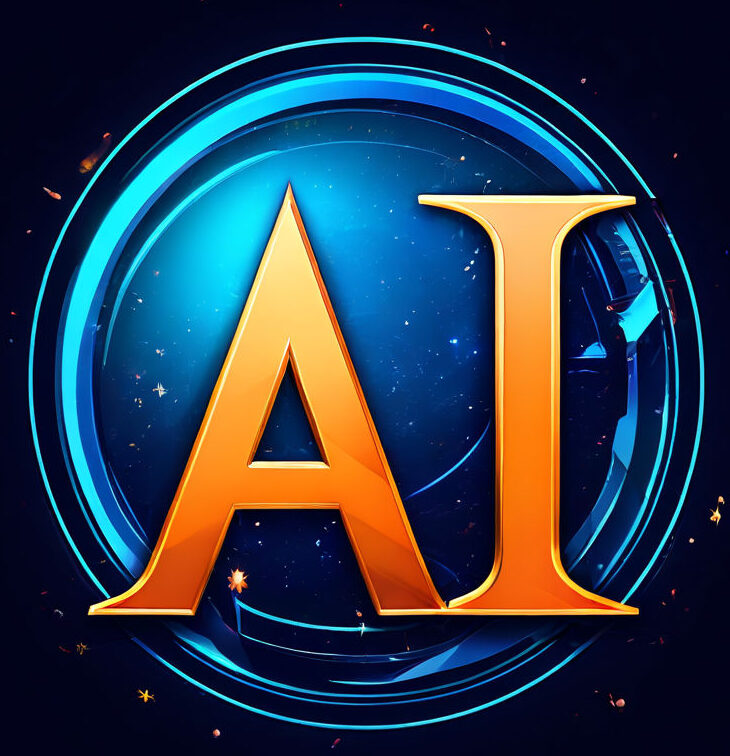Before ChatGPT was launched, artificial intelligence, chatbots, and virtual assistants were already well-known. However, ChatGPT has significantly advanced the field. Today, AI is becoming a common part of our daily lives. People in various industries are eager to understand what AI is, what it can become, and how they can use its potential for their specific needs.
It’s important to remember that ChatGPT was publicly launched on November 30, 2022 – less than two years ago. In this short time, technology has rapidly advanced and continues to evolve quickly.
This rapid progress has led to a significant shortage of advanced technical skills across almost every industry. Technology is advancing faster than people can learn it.
A recent study shows that about 70% of business leaders see a critical skills gap, especially in areas like data analysis and project management. This digital skills gap is so large that 14 G20 countries could miss out on a total of $11.5 trillion in GDP growth.
However, there is hope. When organizations understand the technical skills gap, particularly in high-level areas like machine learning, they can better address and manage this issue. By keeping a few key points in mind, they can start to bridge the gap and reduce risks.
The Digital Age is Moving Faster Than Ever Rapid AI
To understand how we got here, think about how businesses use technology today.
You don’t need a team of software engineers or many SaaS clients to be seen as a “technology company.”
With email, instant messaging, video conferencing, and other tools, technology is a key part of our daily communication, both inside and outside the company. Data analysis and business intelligence tools help identify trends and patterns that humans might miss, enabling leaders to make quick, informed decisions. CRM systems build better, more personal relationships between brands and customers. IT optimizes supply chain management, saving organizations significant money that can be used elsewhere. Advances in HR technology make it easier and cheaper to find, retain, and engage the right candidates within the organization.
Consider the significant impact that machine learning, a relatively new technology, has made in various areas.
In human resources, it has transformed talent acquisition and employee development. Machine learning algorithms quickly analyze numerous resumes to identify ideal candidates. They also assess employee skills and preferences to create personalized and effective training programs.
In supply chain management, machine learning and AI optimize inventory levels, preventing stockouts at critical times.
For customer relationship management, businesses use automated lead scoring, predictive sales analytics, and sentiment analysis to gain valuable insights from customer feedback.
This shows how rapidly artificial intelligence, particularly machine learning, is evolving.
As machine learning advances, it changes core business areas like customer relationship management, supply chain management, and human resources. These changes affect the business at a fundamental level. Everything is so interconnected that it’s hard to separate them.
This rapid evolution contributes to the IT skills gap growing faster than many experts predicted a decade ago.
What the Future Holds
You’ve likely heard about the skills gap for a while, and it’s still getting worse. A study shows that nearly one-third of employers say the skills gap is worse now than a year ago.
Interestingly, about 56% of hiring managers expect tech advances like AI and machine learning to significantly change the skills needed in new hires.
The key word is “anticipate.” Despite recent changes, many believe the biggest shift is yet to come. If this change is inevitable, it’s better to embrace it and tap into global talent pools to meet future tech demands.
Businesses need to seek skills like data analysis, AI/machine learning, software engineering, cybersecurity, and UX/UI design in new employees to stay competitive. If they can’t find candidates with these skills, they should train their current employees to fill the gaps.
Conclusion
The current shortage of advanced tech skills shows that all businesses are now “technology businesses,” whether they like it or not.
Over time, technology became a core part of almost every organization. It started as a way to boost productivity but soon became key to gaining a competitive edge. IT is now essential to these organizations. Without it, there isn’t much left.
Because of this, businesses must keep up with the fast pace of technological evolution. They have two choices: make every effort to stay updated and be flexible to meet current needs while preparing for future demands.
